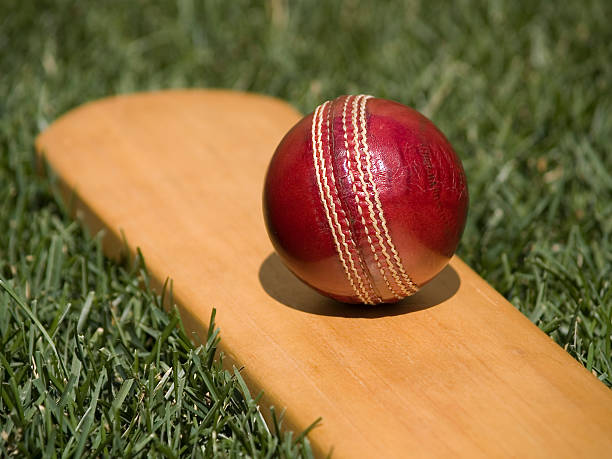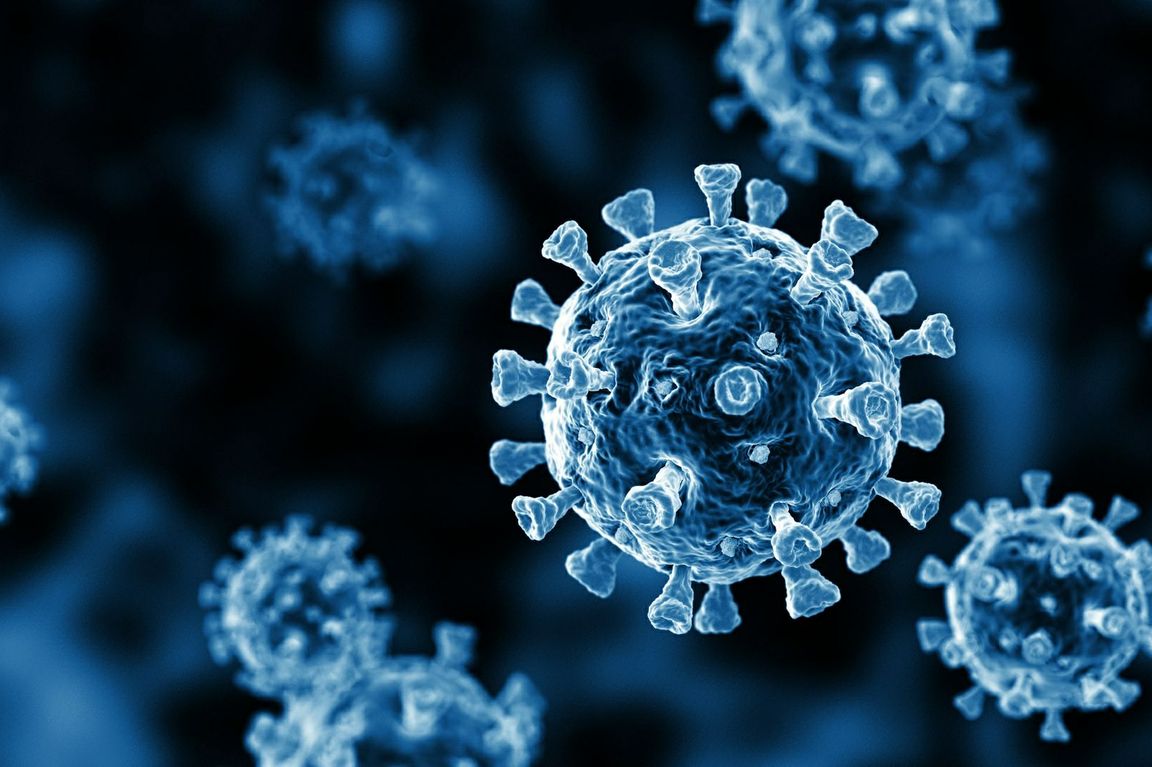The Best Cricket Bat’s Evolution
Overview
In the enchanting realm of cricket, often hailed as the gentleman’s game, lies a sacred artefact that embodies the essence of prowess and finesse—the cricket bat. Beyond being a mere instrument of play, it stands as a symbol of strength, precision, and mastery on the field. This narrative embarks on an odyssey through the intricate domain of cricket bats, uncovering their evolution, craftsmanship, and indispensable role in the pursuit of excellence in the sport. Prepare to delve into the heart of cricket’s soul, where every stroke with the best cricket bats echoes the legacy of tradition and innovation.
Development of History
The history of cricket bats dates back to the 16th century, where they were crafted from willow wood, a choice material due to its lightweight nature and excellent shock-absorbing properties. Through the centuries, bat design and construction have evolved significantly, driven by advancements in manufacturing techniques and the availability of materials. Today, when searching for the best cricket bat, the legacy of willow’s suitability endures, but modern innovations and craftsmanship contribute to creating bats optimised for performance and durability.A Leather Cricket Ball On Bat.

Traditional versus Modern:
In the evolution of cricket equipment, the term “bat cricket” refers to the modern adaptations of bats to meet the demands of contemporary gameplay. Traditionally, bats were characterised by long, thin handles and relatively flat forms. However, with the rise of fast-paced formats like T20 cricket, the emphasis has shifted towards enhancing power and enabling batsmen to clear boundaries with ease. As a result, “bat cricket” now encompasses bats with wider sweet spots and thicker edges, engineered to maximize hitting power and assist players in achieving boundary-clearing shots effortlessly.
Construction:
Bats are still typically made of willow, with Kashmir and English willow being the most widely used types. English willow is known for its exceptional quality and performance, and it is mostly supplied from the UK. Conversely, Kashmir willow is more often utilized in entry-level bats and is more reasonably priced.
A bat is made up of numerous essential procedures, such as choosing the right cleft (wooden plank), shaping and profiling the bat, and coating it to provide protection. The bat’s handle can be attached separately or integrated with the blade, which is usually composed of a single piece of wood.

The wooden bat, wicket, the ball for the game of cricket, realistic 3D vector models with wooden texture of objects isolated on white, a set of sports equipment for cricket
Features and characteristics:
A cricket bat can be distinguished from another by a number of features, such as:
Weight:
To accommodate a variety of playing styles and tastes, bats come in a range of weights. Big hitters can get more power from heavier bats, but stroke-makers prefer lighter bats.
Profile:
A bat’s shape, which includes the sweet spot’s location and the blade’s curve, is referred to as its profile. To improve performance, modern bats frequently feature thicker edges and a higher spine.
Handle:
A cricket bat’s handle is essential for giving grip and control. Rubber, cane, or a combination of materials could be used to make it.
Grip:
Batsmen may alter the grip on their bat to fit their personal preferences; alternatives include classic twine and contemporary rubber grips.

The Enchanting Location
The sweet spot of a cricket bat, or the part of the blade where the ball makes maximum contact with the bat, is arguably its most important feature. To get the most power and control out of their shots, batters must find the sweet spot. Larger sweet spots are built into modern bats thanks to advancements in bat design and production methods.
Upkeep and Scenario:
For a bat to last a long time and function well, proper upkeep is required. This include keeping the wood from drying out by oiling the bat on a regular basis, storing it in a cool, dry location out of direct sunshine, and steering clear of excessive moisture or humidity.
The Function of Technology:
Technological developments have completely changed how cricket bats are designed and manufactured. Manufacturers can simulate various bat designs and optimize performance parameters like weight distribution and sweet spot size by using computer-aided design (CAD) tools. Automated manufacturing procedures also guarantee accuracy and uniformity in the creation of bats.
Rules and Disputations:
To ensure a balance between bat and ball, the International Cricket Council (ICC) has set laws controlling the dimensions and specifications of cricket bats. There have been discussions and disputes in the past few years about the legality of some bat designs, especially those with very thick edges or noticeable scoops.
Frequently Asked Questions
1.Which materials are typically utilized in bat construction?
The most common wood used to make bats is Kashmir or English willow. English willow is the highest quality available, while Kashmir willow is more reasonably priced and frequently used to make recreational bats.
2.What kind of wood are bats made of?
Traditionally, cricket bat willow (Salix alba var.), a type of white willow, is used to make willow wood for bats.
3.What elements affect a bat’s weight?
The density and moisture content of the willow, as well as the size, shape, grips, stickers, and player preferences, all affect a bat’s weight.
4.Cricket bats are created where?
The majority of the time, bat factories or specialist workshops are used to make bats. These workshops are usually found in areas with a long history of manufacturing bats and easy access to high-quality wood supplies.
5. How is cricket bat size determined?
The height, posture, reach, and personal choice of the player are some of the aspects that affect bat’s size. To guarantee that bats meet specific dimensions, cricket regulatory bodies have established general norms and criteria.
6.What are the main types of wood used to make cricket bats?
The two primary types of wood used to make cricket bats are English willow and Kashmir willow. English willow is considered superior due to its superior quality and performance, while Kashmir willow is a more affordable alternative.
7. How do I know if a cricket bat is made of English willow or Kashmir willow?
English willow bats typically have a lighter color and finer grain compared to Kashmir willow bats. Additionally, English willow bats are generally more expensive and preferred by professional players for their superior performance.
8.What is the difference between a junior cricket bat and a senior cricket bat?
Junior cricket bats are smaller and lighter than senior cricket bats to accommodate the physical proportions and strength of younger players. They are designed to be easier to handle and control for junior players.
9.Do cricket bats come pre-knocked, or do I need to knock them in myself?
While some cricket bats come pre-knocked, it’s generally recommended to perform additional knocking-in to fully prepare the bat for use. This involves gently striking the bat’s surface with a mallet to compress the wood fibers and reduce the risk of damage during play.
10.How often should I oil my cricket bat, and what is the best oil to use?
Cricket bats should be oiled periodically to maintain their moisture content and prevent the wood from drying out. It’s recommended to oil the bat every few months using linseed oil, applying a thin coat and allowing it to dry completely before use.
11.Are there any regulations regarding the size and weight of cricket bats in professional cricket?
Yes, the International Cricket Council (ICC) has regulations specifying maximum dimensions for cricket bats to ensure fairness and safety in professional cricket matches.
12.What is the significance of the “sweet spot” on a cricket bat, and how can I identify it?
The sweet spot is the area on the bat’s blade that delivers maximum power and control when hitting the ball. It’s usually located slightly above the middle of the blade. Players can identify the sweet spot by tapping the bat and listening for the area with the most resonance.
13.How do I repair minor damage to my cricket bat, such as cracks or chips?
Minor damage to cricket bats can often be repaired using specialized bat repair kits available from cricket equipment retailers. These kits typically include materials such as glue, sandpaper, and protective tape for repairing cracks and chips.
14.Can I use my cricket bat in wet conditions, or will it damage the wood?
While cricket bats are designed to withstand some moisture, prolonged exposure to wet conditions can cause the wood to swell and potentially damage the bat. It’s best to avoid using the bat in heavy rain or excessively wet conditions.
15.Are there any specific care instructions I should follow to prolong the lifespan of my cricket bat?
Yes, to prolong the lifespan of your cricket bat, it’s important to store it in a cool, dry place when not in use, regularly oil the bat to maintain moisture levels, and avoid exposing it to extreme temperatures or moisture. Additionally, proper knocking-in and maintenance of the bat’s edges and toe are essential for longevity.
Conclusion
Bats have come a long way, representing the spirit of invention and tradition that characterizes the game of cricket, from modest beginnings to technical marvels. The equipment used in the trade will also change as the game does, guaranteeing that cricket bats will always be atthe pinnacle of accuracy and performance for upcoming generations. Also view our home page you get more information.








